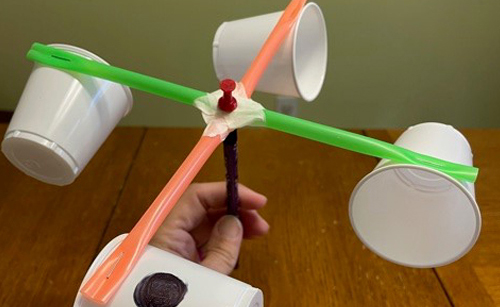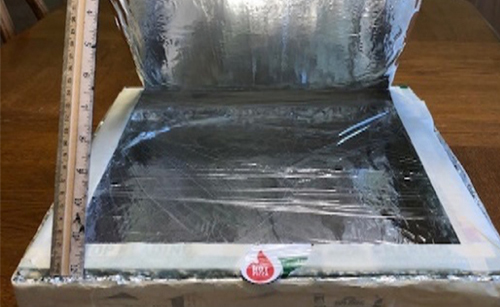Cold-blooded vertebrates, reptiles have hard scales. Reptiles are divided into three groups: crocodiles, turtles, and lepidosaurs, which include snakes and lizards. Some lepidosaurs give birth to live young but many reptiles lay eggs.
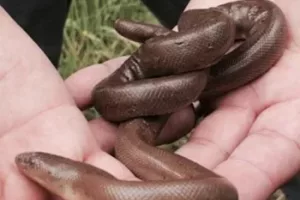
Northern Rubber Boa
Charina bottae
photo credit: Darian Santner
Rubber boas do not tolerate heat well and are usually found in cold forests. Young are born pink and gradually develop their brown adult color. Some Indigenous hunters would wear their rubber boa tails as charms, thinking it would protect them from bears.
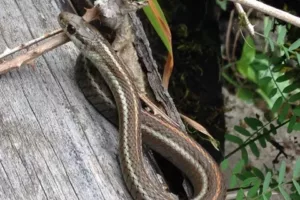
Northwestern Garter Snake
Thamnophis ordinoides
photo credit: Darian Santner
The Northwestern garter snake is most often found along the edges of woodlands, under thick vegetation, or in moist leaf litter where they can find their favorite foods of slugs and earthworms. People often call them red racers or yellow racers, depending on their color pattern. However, they are not racers at all.
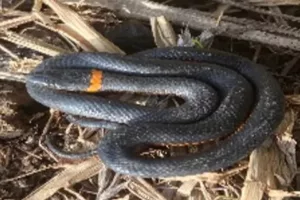
Northwestern Ring-Necked Snake
Diadophis punctatus
photo credit: Michael O’Loughlin
Northwestern ring-necked snakes are usually found under rocks, wood, and bark. When disturbed, they coil their tail like a corkscrew, exposing a bright orange or red underside. They eat small amphibians, worms, slugs, and insects.
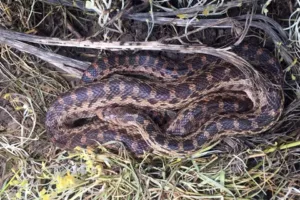
Pacific Gopher Snake
Pituophis catenifer
photo credit: Michael O’Loughlin
The Pacific gopher snake is often mistaken for a rattlesnake. When it feels threatened, it will coil up, vibrate its tail, hiss and strike at the intruder. However, it is not venomous. It is a constrictor and great to have around for rodent control.
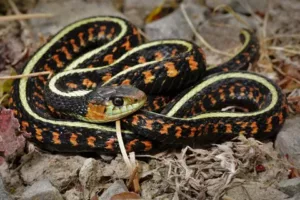
Red-Spotted Garter Snake
Thamnophis sirtalis
photo credit: Darian Santner
The red-spotted garter snake, along with most snakes in Oregon, is considered ‘beneficial’ because of its diet. They will eat slugs, grubs, mice, voles, earthworms, rats, frogs, and tadpoles, and generally anything they can overwhelm.
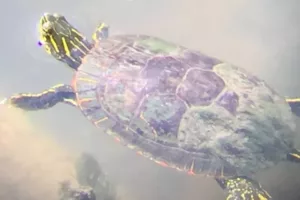
Western Painted Turtle
Chrysemys picta
photo credit: Darian Santner
The Western painted turtle is an aquatic turtle with orange or yellow stripes on its neck, legs, and tail. It is found in ponds, lakes, and slow-moving streams. They can hold their breath a long time. Most painted turtles hibernate on the bottom of ponds and lakes.


